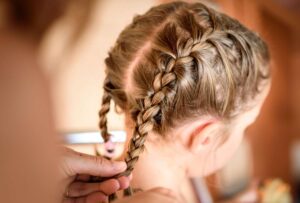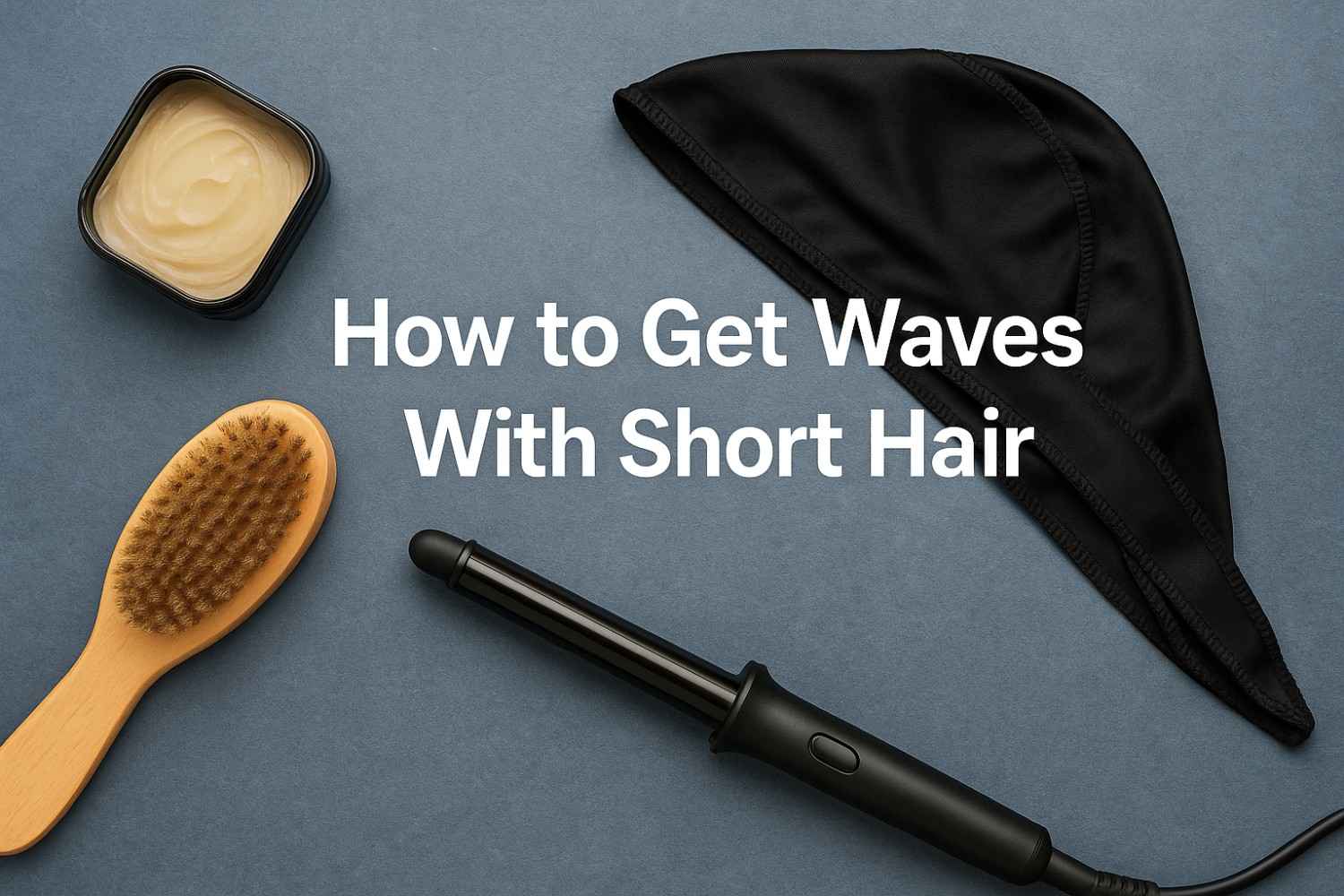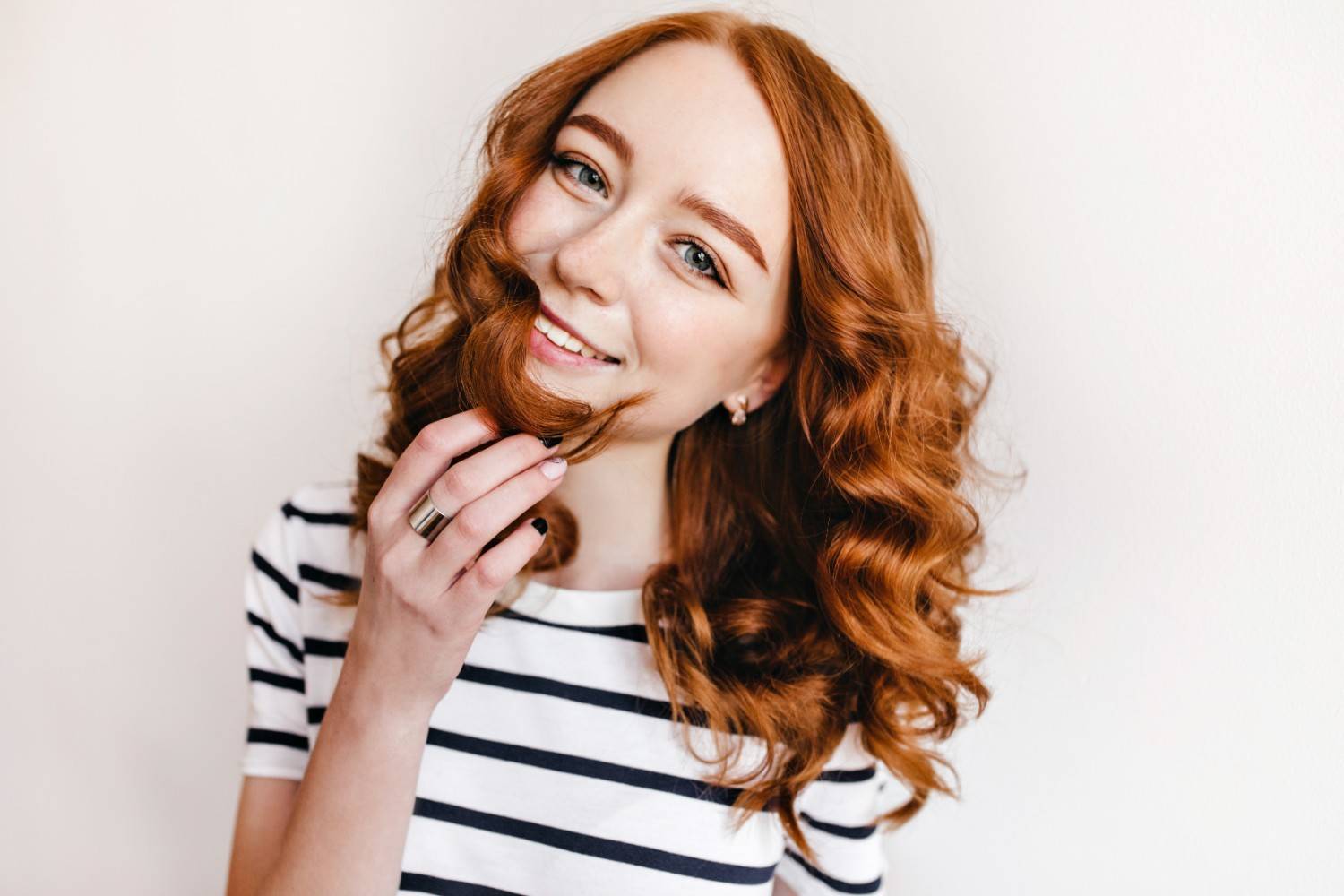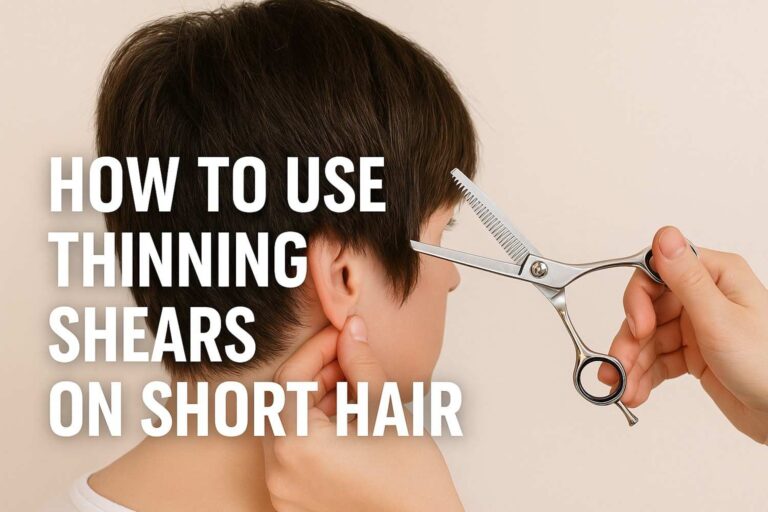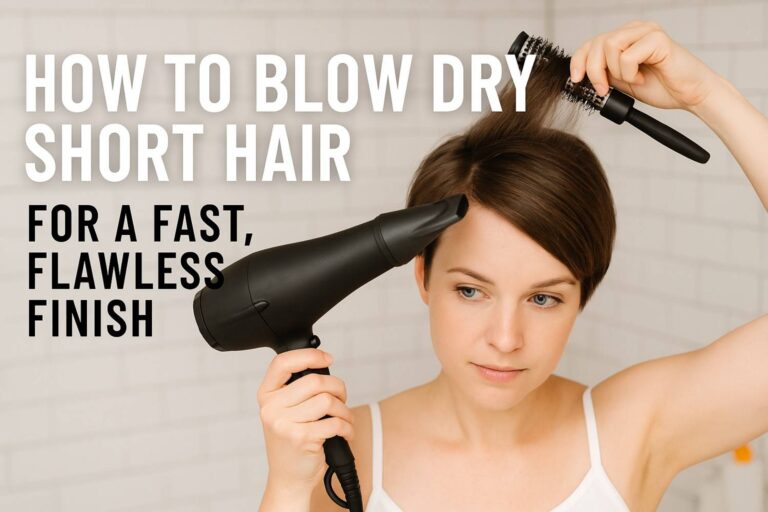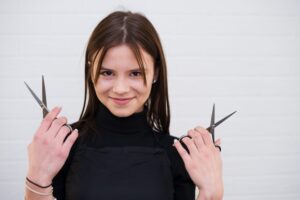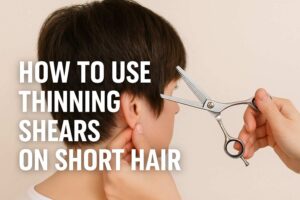If you’re wondering how to get waves with short hair, you’re not alone—I asked the same thing right after a fresh crop, when my usual curling routine no longer worked. The good news: waves on short hair are fast, chic, and surprisingly low-maintenance once you know the playbook. Below is a field-tested guide that covers beachy bends, hot-tool shortcuts, and a special section for 360 waves on textured hair.
What Does “Waves” Mean for Short Hair?
When most people say “waves,” they refer either to soft, textured undulations (often achieved with wavy styling) or to the structured 360-wave pattern common in textured/coily hair. While the methods overlap in parts, short hair brings unique challenges: less length, more need for compression, and careful balance of moisture versus hold.

Getting Started: The Right Tools and Products
Your results depend heavily on having the right tools and wave-friendly formulations. Here’s what to prioritize:
Wave Brushes (Soft, Medium, and Hard)
- For shorter hair, a soft-bristle brush is ideal because it can move hair without tugging or pulling. As your hair grows during the “wolfing” phase, you can switch to medium- or firm-bristle brushes to help train the longer hair into the pattern.
- Having multiple brushes gives you flexibility: one for daily brushing, one for deeper sessions, and one for the shower.
Durag or Wave Cap (Compression Gear)
- A silky durag or wave cap is essential. After brushing and applying products, you compress your hair to lock in the pattern and keep it flat.
- Nighttime compression is critical: the longer you keep your hair snug under a durag, the less it will “fluff out” and lose the wave lines.
Wave Products: Moisturizers, Creams, and Pomades
- Use water-based creams, pomades, or wave-specific products that provide hydration, sheen, and light hold—without heaviness or greasiness.
- These formulas help your hair stay pliable while maintaining structure. Avoid heavy oils or petroleum-based products, which can cause buildup and suffocate your scalp.
Building the Habit: Consistent Brushing & Routine
One of the most common mistakes is underestimating how much brushing is needed. Training waves is a commitment.
Brush Often — And With Strategy
- Aim for 3–5 brushing sessions per day, each lasting 5 to 15 minutes.
- Always begin brushing at the crown and radiate outward.
- Top: Brush forward from the crown toward your forehead.
- Sides: Brush diagonally downward from crown toward cheekbones.
- Back: Brush straight downward from crown to neck.
- Consistency is more important than power. Gentle, frequent strokes yield better pattern formation than aggressive but infrequent sessions.
Wash & Style Method
- During shower time, lather shampoo and follow immediately with brushing while the hair is soft and pliable (often called “washing and brushing”).
- Many wavers wash just once or twice a week to preserve natural oils. After shampooing, always condition deeply.
- After the shower, apply your wave cream or light pomade, brush, and compress with a durag.
Moisturize Judiciously
- Use a dime-sized amount of your pomade or wave cream—just enough to add slip and shine.
- Overdoing it can clog follicles or weigh hair down, so find a balance your hair thrives on.
- Always moisturize before compression, not after; that way the durag seals in hydration.
Compression (Especially After Brushing)
- Immediately after brushing and applying product, put on your durag or wave cap.
- Wear it for at least 30 minutes after a brushing session—or, better yet, keep it on overnight.
- Consistent compression is how your hair “learns” to stay laid flat and maintain wave lines even when you move around.
Wolfing: Deepening Your Pattern
Wolfing is the process of growing your hair out over a few weeks to allow your wave pattern to strengthen and connect before cutting again.
- Choose a growth period of 4 to 6 weeks where you skip haircuts.
- During this time, hair becomes longer and may get unruly—so frequent brushing is even more critical to train it down.
- Once the wolfing period ends, return for a cut aligned with your wave grain (often called cutting “with the grain”) to reveal deeper, more defined wave lines.
Wolfing gives your pattern more substance, and many advanced wavers schedule regular wolf cycles to push their wave depth further.
Styling Techniques for Short Hair Waves
Here are some go-to methods to get texture, bend, or pattern, depending on your hair type:
For Soft, Beachy Waves
- Apply a mist of wave or texturizing spray to damp hair.
- Grab small subsections, twist them, and either air-dry or use a low-heat diffuser.
- Once dry, shake or scrunch out the waves, finishing with a light flexible-hold spray.
Using a Flat or Curling Iron
- Use a 1″ curling iron (or wand) on small segments. Curl away from the face, let cool, then brush out for soft “S” curves.
- Or, with a flat iron, clamp a section, flick it forward, slide slightly, flick back, and proceed—this gives soft waves without tight curls.
- After styling, seal with your wave cream and compress immediately with a durag.
Frequently Asked Questions
1. How long before I see visible wave patterns?
For light waves, results appear immediately. For structured 360s, most people notice beginning patterns after 2–4 weeks of consistent brushing, compression, and proper care. Full connection often requires several months, depending on texture and routine diligence.
2. Can I use waxy pomades or heavy oil for stronger hold?
You can, but they’re riskier. Heavy, greasy products may block your scalp and flatten wave lines. Many wave enthusiasts prefer water-based formulations that deliver slip and light hold without buildup.
3. Should I change my brush as my hair grows?
Yes. Start with a soft-bristle brush for short lengths. As your hair thickens during growth or wolfing, transitioning to medium or firm brushes helps anchor the longer sections into your pattern more effectively.
4. Is it okay to cut hair frequently or skip wash days when maintaining waves?
Frequent cuts can undo your progress; better to maintain a cycle and cut only along your grain. As for washing, many wavers find 1–2 shampoo sessions per week optimal. On off days, co-wash or refresh with water and light leave-ins to preserve moisture and pattern.
Putting It All Together: Your Wave Routine Checklist
- Begin with the right tools — soft brush, additional brushes for longer hair, water-based pomades, shiny durag.
- Brush consistently — three to five times daily for 5–15 minutes, always starting from the crown and following proper angles.
- Wash & brush — clean your scalp, then brush in the shower while hair is soft to set your pattern.
- Moisturize carefully — use a small amount of wave cream or pomade, avoiding heaviness.
- Compress immediately — don your durag or wave cap after every session, for as long as possible (ideally overnight).
- Wolf strategically — grow out for 4–6 weeks to deepen wave connections, brushing more during this time.
- Style selectively — use twist/air-dry, curling or flat-iron methods for bends and texture when needed.
Lock In Those Waves (and Your Confidence)
So there you have it—a complete, strategic approach to how to get waves with short hair. Whether you’re aiming for soft, beachy bends or structured 360 waves, consistency is key. Equip yourself with the right brushes, compress faithfully, moisture smartly, and never skip brushing sessions. Over time, your hair will learn to conform—and your wave game will rise accordingly.




